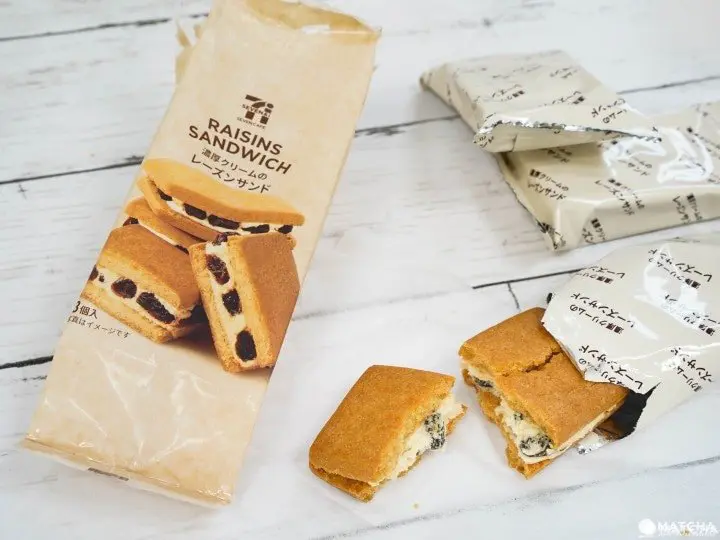Japanese Traditional Sweets: A Basic Guide to Wagashi and Snacks

There are various types of sweets in Japan, from exquisite traditional confections (wagashi) to simple candy loved by children and sweets sold at convenience stores. We introduce some of the basic sweets that anyone visiting Japan should try at least once!
Wagashi Sweets Look Amazing and Taste Good, Too

Wagashi, traditional Japanese sweets made using ancient recipes, are known for their flavors, as well as the delicate appearance.
Originally, these sweets were eaten together with green tea and other Japanese tea varieties during tea ceremonies, and a craftsman crafted each individual piece by hand. For highly formal tea ceremonies, these wagashi lent color to the proceedings, and desirable sweets had to be more than just delicious; they also needed to be art appreciation pieces. No longer just for tea ceremonies, wagashi are now beloved by all generations of people as souvenirs and mid-afternoon snacks.
Read also
Wagashi with Red Bean Paste: Manju and Dorayaki

Anko, or red bean paste, is known as the representative ingredient in many wagashi. Manju and dorayaki, two types of standard wagashi containing red bean paste, have long been beloved by Japanese people.
Manju consists of a thin dough made from fine wheat or rice flour. The dough is then wrapped around anko and steamed or baked.

On the other hand, dorayaki dough is made from a mixture of wheat flour, sugar and eggs. After baking, the dorayaki dough is wrapped around anko, creating a charmingly soft, thick, pancake-esque treat.
Nerikiri Sweets

Nerikiri, like anko, is another integral part of wagashi. This fresh wagashi is made by adding Turkish delight - a combination of sugar, starch syrup, and rice flour which is then baked and kneaded - to white bean paste. As in the photo, wagashi artisans use colored nerikiri to create sweets that express the change of the seasons and the beauty of nature.
Senbei Crackers

Compared to manju, with their appealing softness, senbei crackers - known as examples of dry higashi cookies - have a crisp, crunchy snap to them. In eastern Japan, the senbei variety you will see most often is made from thin rice flour dough. The dough is cut into pieces using a mold, then the pieces are cooked on a fire and basted with soy sauce. These moderately salty crackers go perfectly with a glass of Japanese tea on a hot day in Japan.
Read also
Dagashi - Simple, Cheap Sweets Loved by Children

Dagashi, snacks made from low-cost ingredients like cereals and brown sugar, were first sold in the Showa era and targeted at children. Their simple tastes are appealing, and at dagashi specialty shops and small stores with long histories, you can buy the cheapest ones for as little as 10 yen.
In recent years, the warm sense of nostalgia engendered by dagashi has reinvigorated their popularity, and you can even find dagashi bars in some cities, where you can snack on dagashi along with your drink. If you want to discover the taste of these traditional snacks, pick up a dagashi for yourself.
Japanese Convenience Store Sweets

Convenience stores sell a rich variety of Japanese snacks, from original dessert sweets to easy-to-eat snack pastries. Some particularly popular snacks include green tea-flavored sweets, chocolate pastries, and potato chips which exude more and more savory potato goodness with each successive bite.
The dessert sweets corner contains items like cakes, cream puffs, and eclairs, which boast the same quality you could find at a specialty bakery. When you’re feeling a bit hungry, how about dropping by a convenience store and enjoying an extravagant sweet from the dessert sweets corner?
94年生まれ。神戸出身、東京在住。アメリカからの帰国子女。旅、アート、食が大好きな大学生。









































![[Coupon Available] Attention Overseas Winter Sports Fans! Nagano's Sports Depot Has Evolved](https://resources.matcha-jp.com/resize/720x2000/2026/01/05-254819.webp)
![[2 hours from Tokyo ] 10 Quiet and Breathtaking Views of Mount Fuji in Yamanashi Hokuto City , Yamanashi - Part 2](https://resources.matcha-jp.com/resize/720x2000/2025/12/16-253037.webp)
